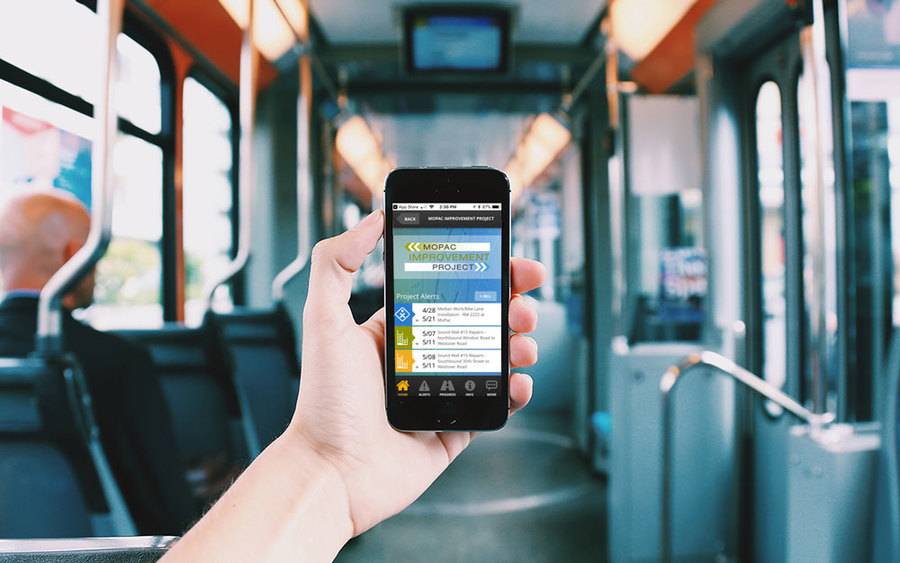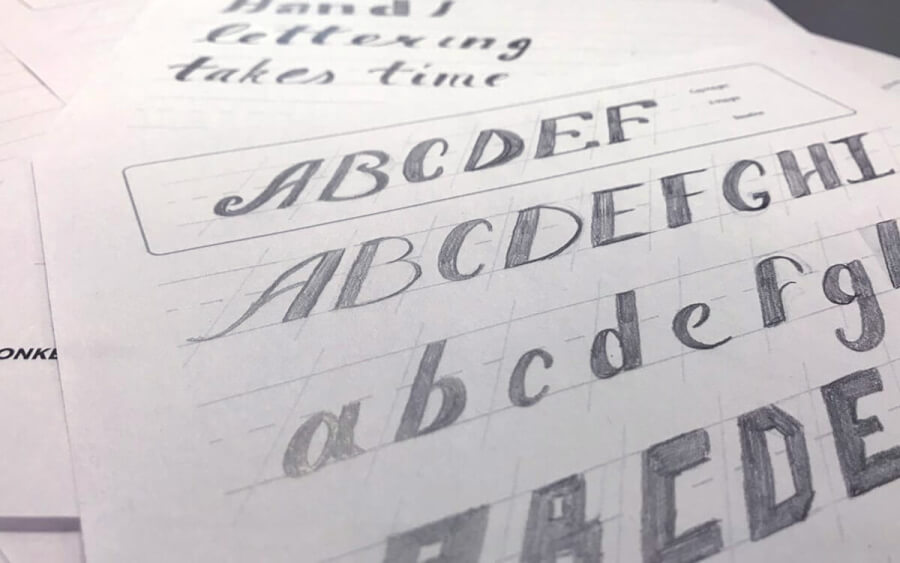8 Ways to Optimize Your WordPress This Week

Use a lightweight theme and remove unnecessary plugins
One of the easiest ways to improve the performance of a WordPress website is to use a lightweight theme that is optimized for speed. Themes that are heavy on features and customizations may look nice, but they can also slow down your website. It's also a good idea to periodically review the plugins you have installed and remove any that are no longer necessary or are causing performance issues.
Enable caching
Caching stores a copy of your website's pages and posts in the cache, so that they can be served to users more quickly. This can significantly reduce the load on your server and speed up page loading times. There are several WordPress caching plugins available, such as W3 Total Cache and WP Super Cache, that can help you enable caching on your website.
Optimize images
Large, unoptimized images can significantly slow down your website, especially on mobile devices with slower connections. To optimize images for the web, you should compress them to reduce their file size without significantly affecting their quality. You should also use the appropriate file type for each image. JPEG is best for photographs, while PNG is better for graphics and images with transparent backgrounds.
Use a content delivery network (CDN)
A CDN is a network of servers located around the world that serves static files (e.g. images, CSS, JavaScript) from a location that is closer to the user. This can significantly reduce the load on your own server and improve page loading times, especially for users who are located far from your server. There are several CDN services available, such as Cloudflare and Akamai, that can be easily integrated with WordPress. Minify CSS, JavaScript, and HTML: Minification refers to the process of removing unnecessary characters (e.g. whitespace, comments) from code files to reduce their size. This can help speed up your website by reducing the amount of data that needs to be transferred between the server and the user's device. There are several WordPress plugins, such as Autoptimize and Fast Velocity Minify, that can automatically minify your website's CSS, JavaScript, and HTML files.
Enable Gzip compression
Gzip is a popular method of data compression that can significantly reduce the size of files transferred between the server and the user's device. Enabling Gzip compression on your website can help speed up page loading times, especially for users on slower connections. You can enable Gzip compression using a plugin such as Gzip Ninja Speed Compression, or by adding some code to your .htaccess file.
Lazy load long pages
Lazy loading is a technique that defers the loading of content until it is needed. This can be especially useful for long pages with lots of images and other media, as it reduces the initial load time and saves bandwidth. There are several WordPress plugins, such as a3 Lazy Load and Lazy Load by WP Rocket, that can help you implement lazy loading on your website.
Keep WordPress up to date
It's important to keep the WordPress core, theme, and plugins up to date to ensure that you are using the most efficient versions. Outdated software may contain security vulnerabilities and performance issues that can slow down your website. You can set WordPress to automatically update itself, or you can update it manually from the dashboard.
By following these 8 optimization tips, you can improve the performance of your site and provide a better user experience for your customers. With a little bit of effort, it is simple to optimize your Wordpress site for maximum efficiency and success.
Latest Articles

Transportation Mobile Apps: 10 Cool Features for a Better User Experience
A mobile app may not always make sense for your transportation project, but when it does, consider some of these great examples of how the right user experience can kick things up a notch.
Continue reading
Freebie Friday: Practice Hand Lettering Sheets
Creating a hand-lettered piece not only allows for unique layouts, but more flexibility between letterforms, and can evoke a very specific intention that can’t be easily replicated.
Continue reading